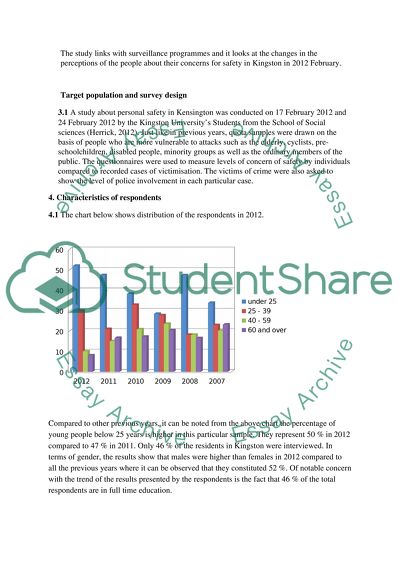Cite this document
(“Personal Safety in Kensington Essay Example | Topics and Well Written Essays - 2000 words”, n.d.)
Retrieved from https://studentshare.org/geography/1436401-re-write
Retrieved from https://studentshare.org/geography/1436401-re-write
(Personal Safety in Kensington Essay Example | Topics and Well Written Essays - 2000 Words)
https://studentshare.org/geography/1436401-re-write.
https://studentshare.org/geography/1436401-re-write.
“Personal Safety in Kensington Essay Example | Topics and Well Written Essays - 2000 Words”, n.d. https://studentshare.org/geography/1436401-re-write.


